Introduction
A pig tracker has two main parts: a transmitter on the pig and a receiver. The pig, like the EMT Piping Pig, moves through the pipeline and starts with a pig tracker. These signals pass through the pipe and the ground. The receiver picks up these signals and processes them. This helps track the pig’s location and ensures it’s moving correctly. If the pig stocks, the tracker can pinpoint its exact spot in the pipeline.
A pig tracking system helps monitor devices moving inside pipelines. Their parts work together to ensure the pig moves correctly through the pipeline and to find its position.
Components of Piping Pig
Electronic Transmitter: This part goes on the pig (the device inside the pipe). It uses a battery to send signals as it moves through the pipeline.
Electronic Receiver: Carried by workers above ground, it has a probe and a headset to detect signals from the transmitter.
Electronic Through Indicator: A portable device with a host and two probes. It helps track the pig’s location by sitting at key points on the ground.
Pipeline Through Indicator: This fixed device is installed on the pipeline. It uses sensors to monitor the pig’s movement and can send information remotely.
Correlation Parameter
| Electronic Transmitter | |
| Continuous working time | 20~150 hours (long standby 360 hours) |
| Allowable medium temperature | -20~+65℃ |
| Medium pressure | 2.5~10MPA |
| Impact resistance | 7g |
| Power supply voltage | DC3-15V(high energy lithium-ion battery or dry battery, non-rechargeable) |
| Electronic Receiver | |
| Continuous working time | 100 hours |
| Receiving distance (air) | ≧18m (long distance 60m) |
| Effective detection distance | ≧5m (long distance 20 meters) |
| Positioning accuracy | ≦0.3m |
| Power supply voltage | DC6V(5# dry battery 4) |
| Electronic Passage Indicator | |
| Continuous working time | 100 hours |
| Receiving distance (air) | ≧15m |
| Effective detection distance | ≧5m |
| Positioning accuracy | ≦0.1m |
| Power supply voltage | DC6V(5# dry battery 4) |
| Pipeline Passage Indicator | |
| Continuous working time | 100 hours |
| Receiving distance (air) | ≧15m |
| Effective detection distance | ≧5m |
| Positioning accuracy | ≦0.3m |
| Power supply voltage | DC6V(5# dry battery 4) |
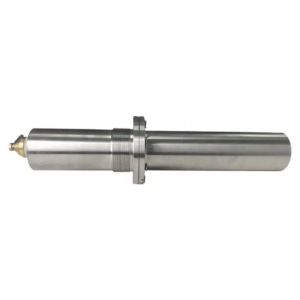
Note:
Customizable with a diameter of at least 26 mm and a length of at least 81 mm for any size transmitter.
Options are available with flanges, without flanges, or removable flanges.
Transmitter batteries can be configured for regular dry batteries, rechargeable batteries, or lithium batteries.
Can be equipped with a battery pack or a single battery installation.
How to Use An Electronic Transmitter?
Install the Transmitter: Place the transmitter securely onto the pig before it enters the pipeline.
Power the Device: Ensure the battery is properly installed, using either a battery pack or a single battery as required.
Activate the Transmitter: Turn on the device to start sending signals.
Monitor Signals: Use the electronic receiver to track the pig’s movement through the pipeline.
Adjust Settings: Customize settings for signal strength and frequency if needed, based on pipeline conditions.
Applications
Piping Pig is the equipment working in pipeline operation. The equipment is configured with relevant accessories according to the requirements of the operation. According to the configuration of accessories materials are: wire brush pipe pig, caliper pipe pig, electronic tracking pipe pig, wax scraper pipe pig and other products. During the operation of crude oil and natural gas pipelines, there will be wax formation, scale formation, water accumulation and other substances that affect the transmission capacity of pipelines. The pigging operation of pipeline pig can reduce the corrosion of various substances to the inner wall of the pipeline and reduce the running resistance.
When the chemical material and oil product pipeline is in operation, there will be cohesive material deposition in the pipeline. And the pipeline pig can work in carrying out non-stop pigging operations. Besides, it can avoid re-laying the pipeline and reduce the production cost.
The new pipeline that has not been put into production uses the pipe pig with the steel wire brush to clean the impurities and floating rust in the pipeline and prevent media pollution. With the expansion of the scope of application, the material, structural form, and supporting equipment are also changing with each passing day.
What is Pipeline Cleaning?
Pipeline cleaning involves restoring the internal surface of pipes to their original condition. Then after cleaning, a protective chemical passivation film forms on the metal surface, preventing dirt buildup and protecting against corrosion and other damage. Therefore this process ensures equipment safety and extends its lifespan.
Reasons
Over time, pipelines accumulate mud and rust, reducing their diameter. This buildup can not only produce hydrogen sulfide gas, but also posing environmental and explosion risks. Acidic and alkaline substances in wastewater can corrode pipe walls, and irregular cleaning can lead to blockages.
Significance
During the manufacturing, storage, and installation of pipes, impurities such as rust, welding slag, and dust can accumulate. These contaminants, including rolling scale and rust inhibitors, can severely impact the pipeline’s functionality. Regular cleaning is essential to maintain efficient and safe pipeline operations.


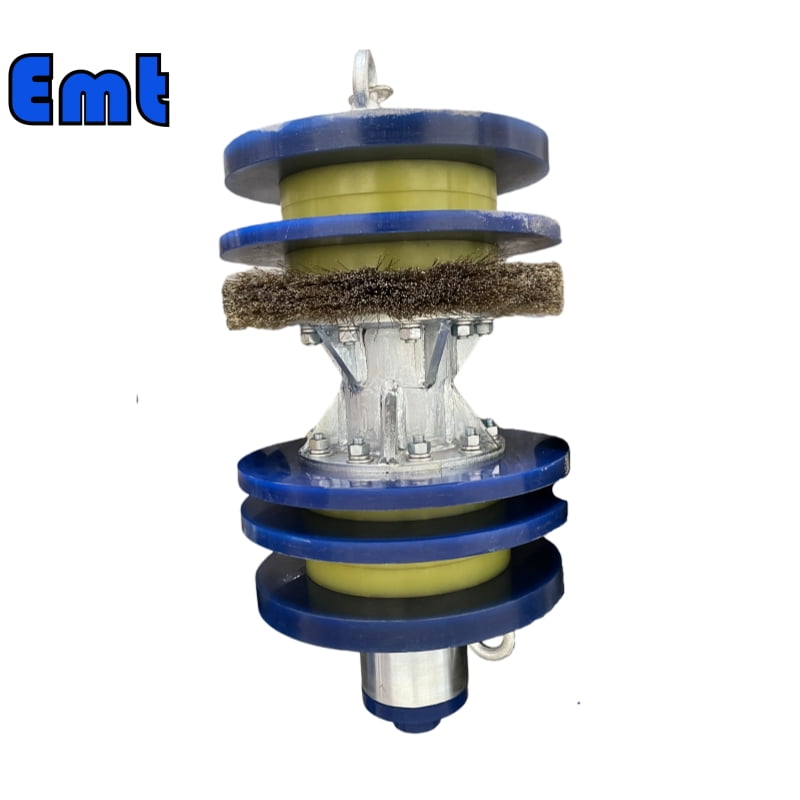
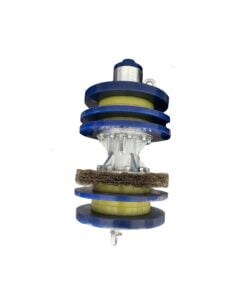
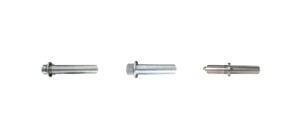
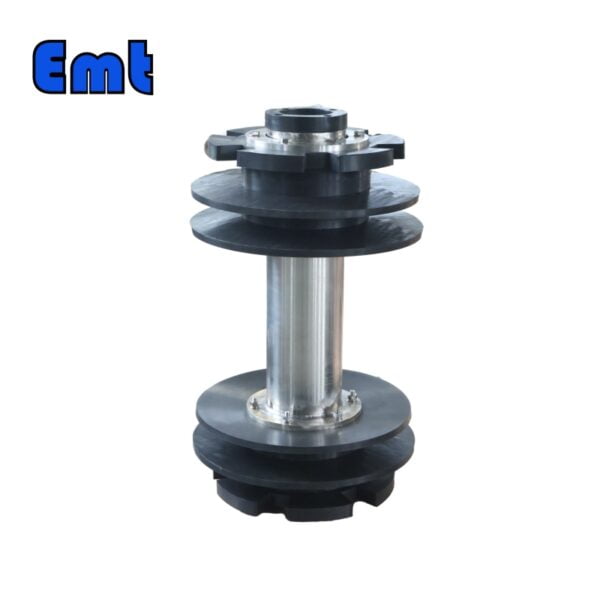
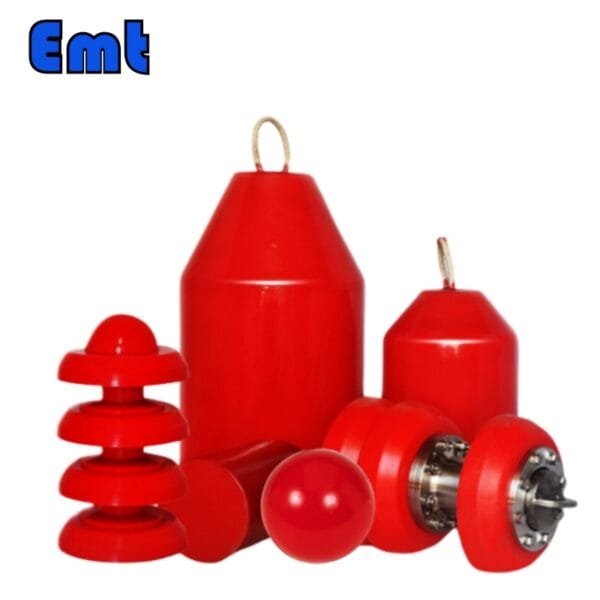
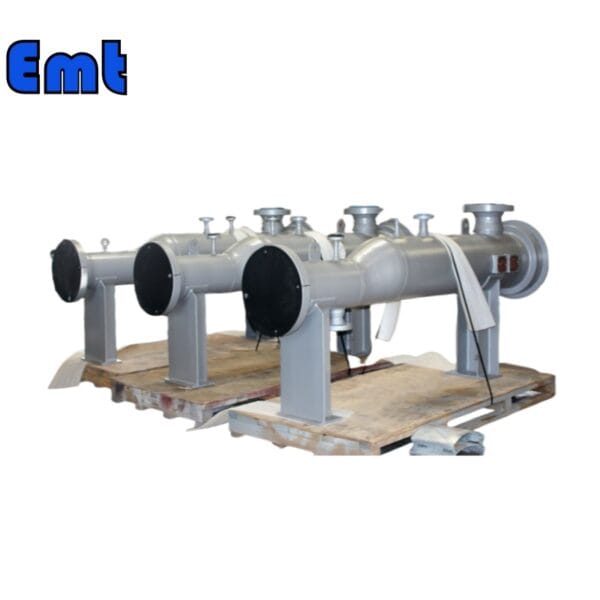

There are no reviews yet.